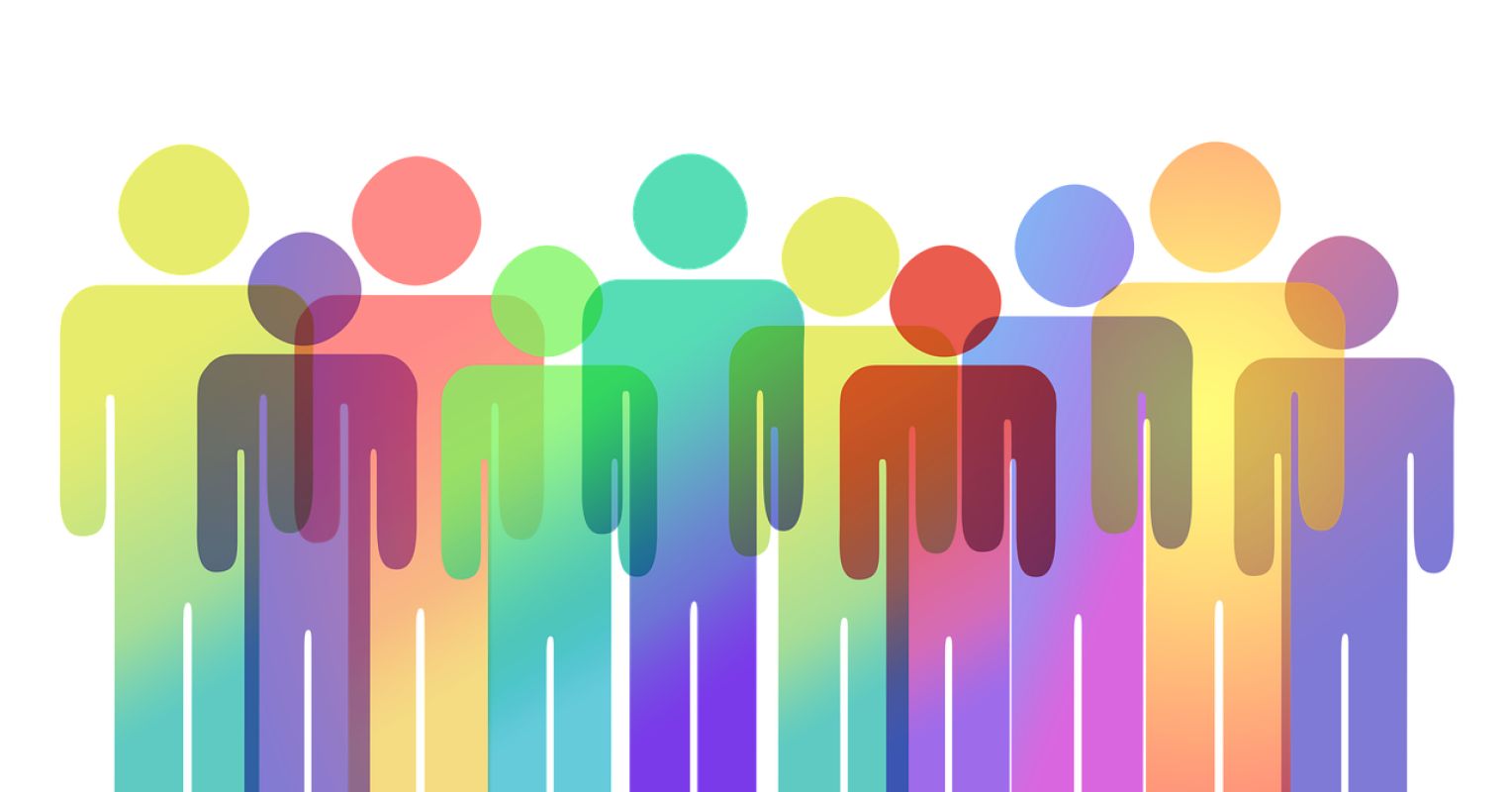fromPsychology Today
2 days agoWhy We Stay Silent: The Costs of Leaving Things Left Unsaid
Our brain is constantly assessing risk and safety. Being judged, rejected, or demoted within a group can register as a threat to belonging, something that, for most of human history, meant a threat to survival. Thus, silence may merely be an intuitive default response while the brain assesses the safety of the social situation. When we sense danger, however subtle, say an unpredictable leader or a dismissive tone, the amygdala becomes alert, and the brain shifts into a state of heightened vigilance and self-protection mode.
Psychology

